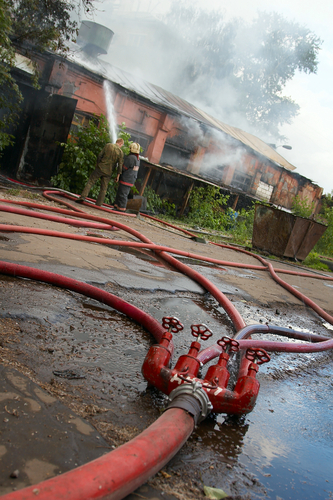I was fortunate enough to attend the Conning Research Insurance Industry Outlook and Forecast 2009 at St. John’s University yesterday. The lecture covered the economic forecast, the outlook on property/casualty, along with forecasts for the life and health insurance industry.
Stephan Christiansen, director of research at the firm, forecasted the following growth in economic drivers:
| Annual Data | 2008 | 2009 | 2010 |
| GDP Growth | 1.1% | -2.8% | 1.8% |
| CPI | 3.8% | -0.8% | 1.2% |
| Nom. GDP | 4.9% | -3.6% | 3.0% |
| Fed. Funds | 0.25% | 0.25% | 1.00% |
| 5-year T-Note | 1.6% | 2.5% | 3.2% |
| 10-Year T-Note | 2.3% | 3.4% | 4.0% |
Christiansen pointed to inflation as a key cost-driver and that the time between premium collection and loss payout is susceptible to inflation, meaning that premiums will stay the same while losses increase.
As far as the P/C industry is concerned, Christiansen stated that, although the sector has experienced a recent history of strong ROE and falling combined ratios, the outlook is negative due to the forecasted continued deterioration of the economy and thus, exposure drivers. The research also suggests that, as far as commercial lines go, premium growth remains weaker than that of personal lines, but should recover by 2011 with rates firming in conjunction with the economic recovery. Christiansen also stated:
Looking beyond this year, an expected slow economic recovery in 2010 and a return to more robust growth in 2011 lead to an increase in both premium and loss exposures, but also may include the start of an acceleration in inflationary factors that drive loss severity. We see indications of price firming in personal lines, but continued mixed conditions in commercial lines. Capital conditions remain strong, particularly in commercial lines, and it is likely that further stresses will have to occur before any significant broad-based change in pricing will emerge.
According to Conning Research & Consulting, the recovery of not only the economy, but also the P/C sector, will begin in 2011 — barring any unforseen natural catastrophes or even more unprecedented chaos within the financial sector.
Agree?

